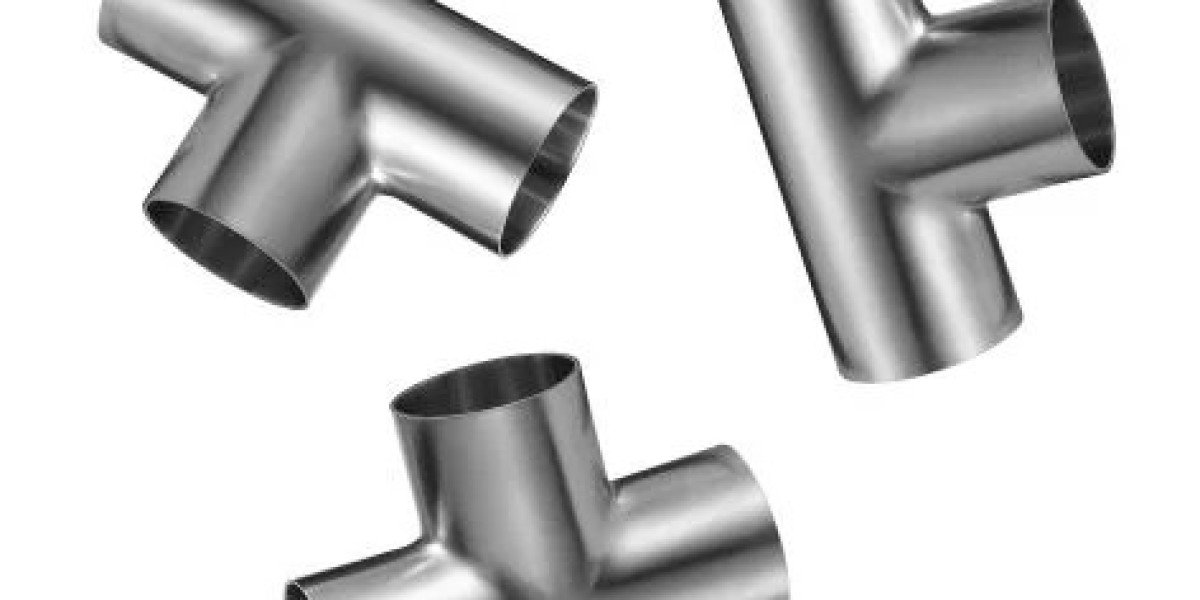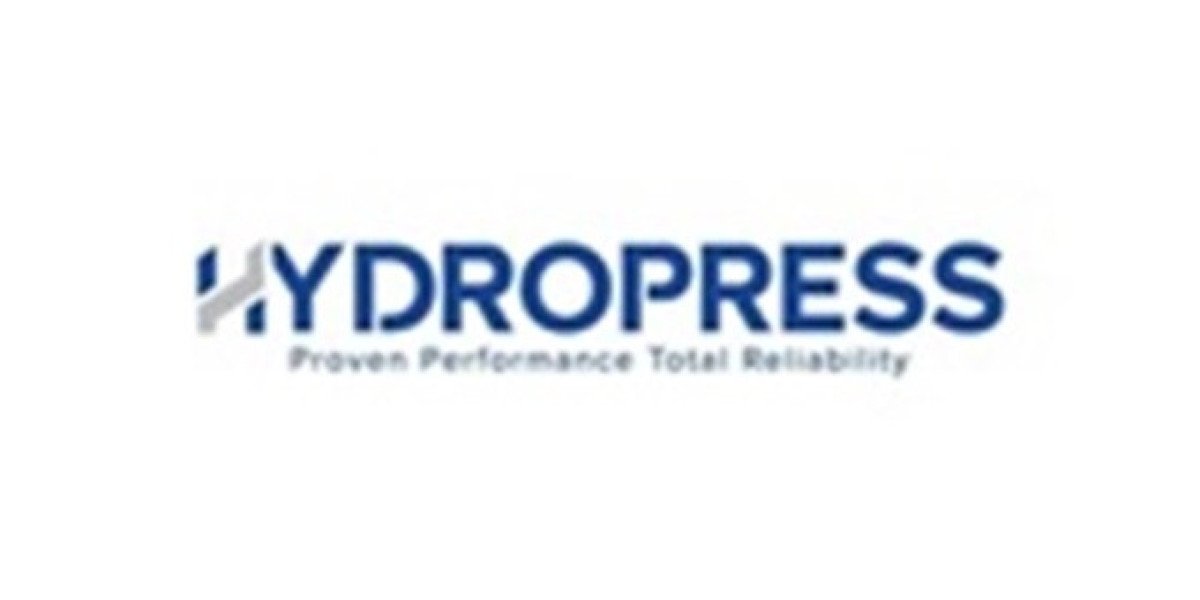Understanding the Role of Sealants in Pipe Joints
When it comes to maintaining robust plumbing and piping systems, sealants in pipe joints play a crucial role in preventing leaks, ensuring durability, and supporting system integrity. Understanding how and why these sealants are used can be essential for both commercial and residential systems. In this article, we will explore the types, applications, benefits, and best practices surrounding sealants in pipe joints.
What Are Pipe Joint Sealants?
Pipe joint sealants are materials applied to the threads or surfaces of pipe joints to create a secure, leak-proof seal. Their primary function is to fill any voids that may exist between threads or joint areas, effectively preventing leaks. These sealants are crucial in systems that carry gas, water, or other fluids where leaks could lead to significant losses or hazards.
Types of Pipe Joint Sealants
Various types of sealants are used based on the materials of the pipes, the nature of the fluid carried, and the system’s requirements. The most common types include:
Thread Sealants (Pipe Dope)
Often applied to threaded pipes, thread sealants are used primarily in plumbing, oil, gas, and water systems. Thread sealants are available in paste form and are known for their strong adhesive qualities and resistance to high temperatures and pressures. This type of sealant is ideal for creating a tight seal in metallic pipes, as it fills gaps and prevents leaks.Teflon Tape (PTFE Tape)
Polytetrafluoroethylene (PTFE) tape, or Teflon tape, is a non-adhesive, flexible tape applied around pipe threads. It provides a smooth, leak-resistant surface that helps prevent fluids from escaping. This type of tape is particularly useful in situations involving frequent assembly and disassembly, as it allows for easy removal without residue.Anaerobic Sealants
Anaerobic sealants are widely used in industrial applications where high strength is necessary. When applied to metal surfaces, anaerobic sealants form a chemical bond, providing a resilient, high-pressure seal. These sealants only cure in the absence of air, which makes them ideal for enclosed pipe joints.Silicone-Based Sealants
Silicone sealants provide flexibility and durability, often used in systems requiring high temperature resistance. They are suitable for both metallic and non-metallic pipe systems, as they can handle expansion and contraction without cracking or losing effectiveness.
Why Are Sealants Essential in Pipe Joints?
Pipe joint sealants offer several critical benefits that make them indispensable in many piping systems:
Leak Prevention
The primary function of sealants is to prevent leaks, which could lead to costly repairs, property damage, or safety hazards.Corrosion Protection
Some sealants protect against corrosion, particularly in metal pipes. Corrosion can weaken pipes and lead to failures over time, so applying the right sealant can prolong the lifespan of a piping system.Enhanced Durability
Sealants help to stabilize joints, making them more resistant to the stresses of pressure and temperature fluctuations. This stabilization can significantly extend the life of the system.Temperature and Pressure Resistance
Many sealants are formulated to withstand extreme temperatures and pressures, ensuring reliable performance in harsh environments.
How to Choose the Right Pipe Joint Sealant
Selecting the appropriate sealant requires consideration of various factors, including the type of pipe, fluid type, and environmental conditions. Here’s a guide to help in making an informed choice:
Type of Pipe Material
The pipe material can determine the best type of sealant. For example, Teflon tape is commonly used for plastic pipes due to its flexibility, while anaerobic sealants are ideal for metal pipes requiring high-pressure resistance.Fluid Characteristics
It’s essential to consider the type of fluid carried by the pipe. For example, water, gas, and oil systems may require different sealants. Certain chemical-resistant sealants are suitable for highly corrosive substances, while others are formulated for safe use with potable water.Pressure and Temperature Requirements
Sealants need to match the system's operating pressure and temperature. Some thread sealants are designed to withstand high pressures, while silicone-based sealants can handle extreme temperatures.Assembly and Maintenance Needs
In systems where joints are frequently assembled and disassembled, a reusable sealant such as PTFE tape may be more appropriate. Alternatively, permanent systems might benefit from a strong anaerobic sealant that provides a more durable bond.
Application Process for Pipe Joint Sealants
Using the correct method to apply pipe joint sealants is as important as choosing the right type. Here’s a step-by-step guide:
Clean the Joint Surfaces
Before applying the sealant, ensure that the joint surfaces are free of debris, dust, and oil, as this will help the sealant adhere properly.Apply the Sealant Evenly
Use the appropriate tool to apply a consistent layer of sealant to the threads or joint surfaces. For PTFE tape, wrap it around the threads evenly, ensuring it covers the entire threaded area.Tighten the Joint Properly
After applying the sealant, tighten the joint according to the manufacturer’s specifications. Over-tightening can damage the sealant and lead to leaks, while under-tightening may not create a secure seal.Cure or Set Time
For some sealants, curing time is necessary to ensure a reliable bond. Always refer to the product instructions for specific curing times, particularly with anaerobic or silicone-based sealants.
Best Practices in Using Pipe Joint Sealants
To maximize the effectiveness and longevity of pipe joint sealants, consider the following best practices:
Follow Manufacturer Guidelines
Each type of sealant has unique properties, and it’s vital to follow the manufacturer's instructions for application and curing times.Avoid Over-Application
Using excessive amounts of sealant can interfere with joint assembly and lead to issues such as clogging or improper sealing.Inspect Regularly
Periodic inspection of joints can help detect early signs of wear or degradation in sealants, allowing for timely maintenance and preventing potential leaks.Consider Environmental Factors
If the piping system is exposed to extreme conditions, such as outdoor settings or high-heat environments, choose sealants specifically designed for such conditions.
The Future of Sealants in Piping Systems
With advancements in materials science, new and improved sealants for pipe joints are continuously being developed. Innovations are focusing on enhancing durability, flexibility, and environmental resistance, as well as creating eco-friendly options. For instance, bio-based sealants are emerging, aiming to provide sustainable alternatives for various industries.
As technology advances, the role of sealants will remain essential in ensuring the efficiency, safety, and longevity of piping systems across sectors. modular systems in australia offer flexibility in design, allowing users to customize and expand their setups to meet changing needs.








